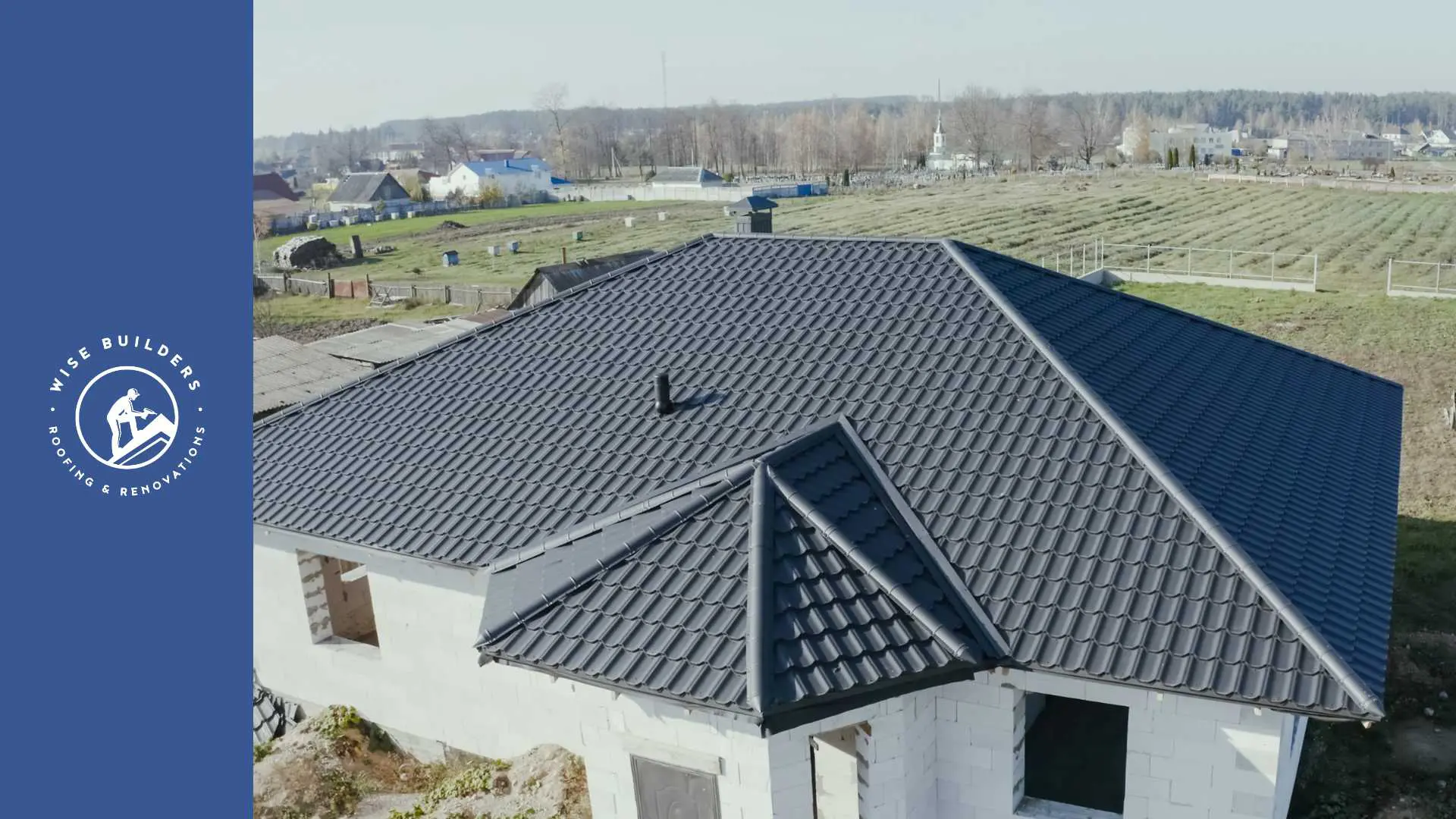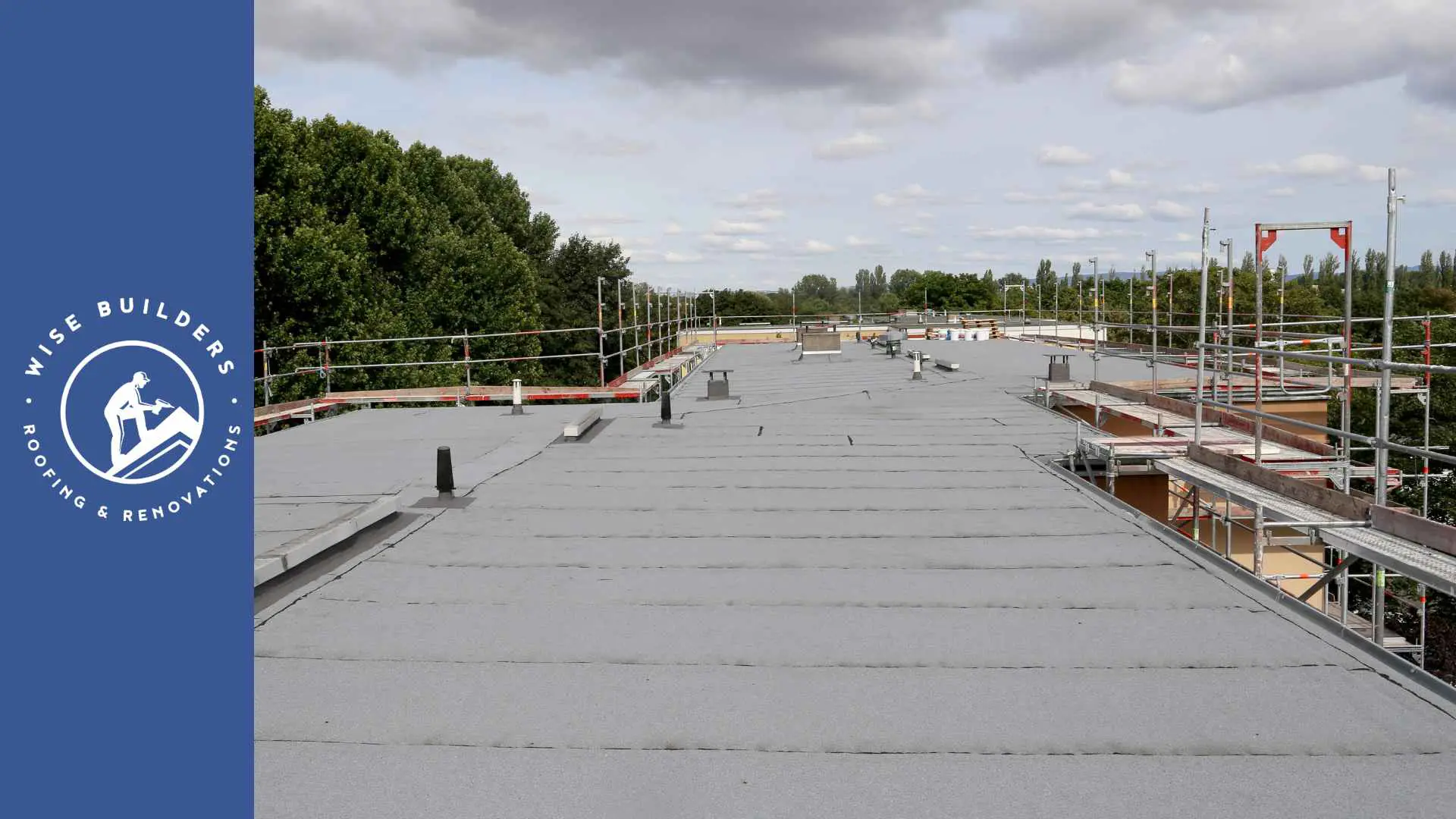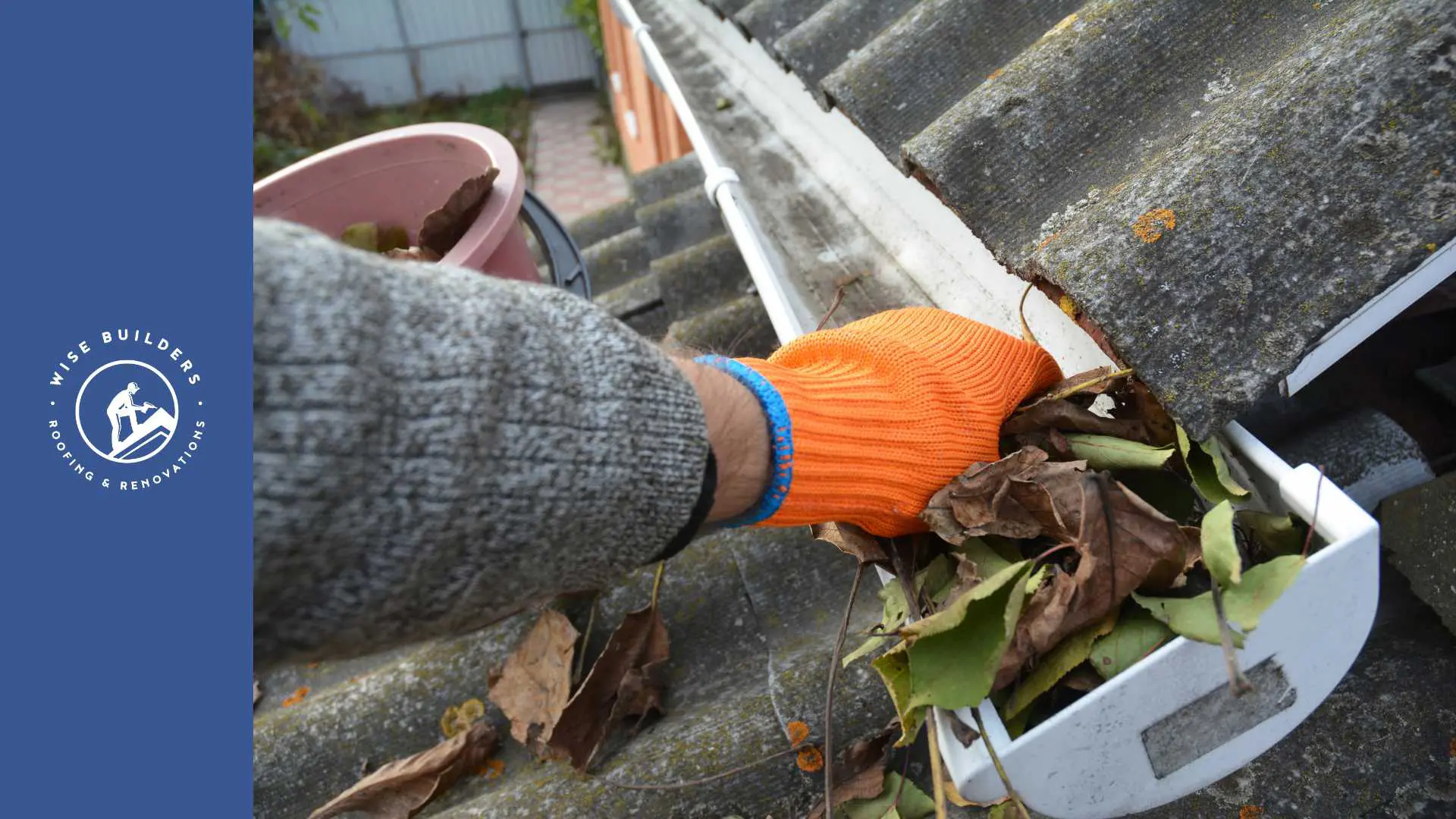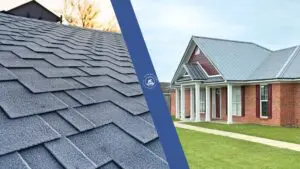Identifying the Source of Roof Leaks
Roof leaks can be elusive and tricky to identify accurately. The initial crucial step in dealing with a leak is determining its source, specifically the location of the leak, which can stem from various issues such as missing shingles, damaged flashing, or compromised skylights. To effectively locate the origin of a leak, a thorough inspection of both the exterior and the roof decking of your home is necessary. This inspection should include examining the attic to trace the path of water ingress, as leaks can often travel before becoming visible on the interior of your home ceiling. Keep in mind that addressing a roof leak promptly is essential to prevent further damage to your home’s structure and belongings. If you are unable to locate or repair the leak yourself, it is advisable to seek professional help from a roofing contractor to ensure that the issue is resolved correctly.
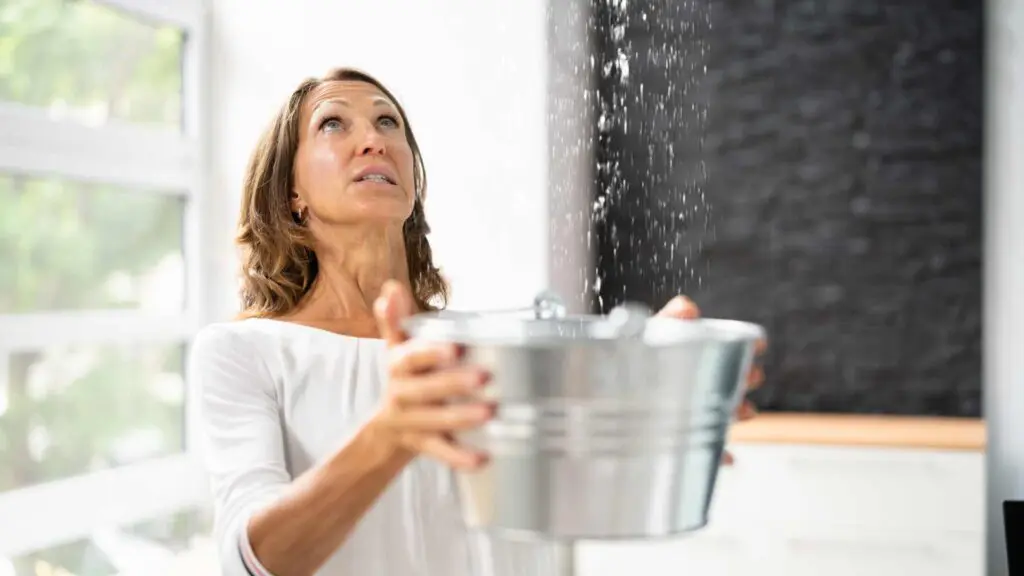
Common Causes of Roof Leaks
Weather-Induced Damage
Severe weather conditions such as storms, hail, and heavy rain can wreak havoc on roofs, causing immediate and visible damage that often results in leaks. While these types of weather events are obvious culprits for roof damage, prolonged exposure to the sun’s ultraviolet (UV) rays can also take a toll on roofing materials over time. UV radiation can cause materials to deteriorate, leading to cracks, warping, and loss of protective coatings. This gradual wear and tear may not be as visibly dramatic as storm damage but can weaken the roof’s integrity and ultimately result in leaks or structural issues if left unaddressed. Regular roof inspections and maintenance are crucial to identifying and repairing both immediate storm damage and long-term UV-related wear to ensure the roof remains watertight and structurally sound.
Age-Related Wear and Tear
Regular inspections of your roof are crucial to identify any signs of deterioration in the roofing materials. As time passes, various factors such as weather conditions, UV exposure, and general wear and tear can weaken the roof’s structure, making it more prone to leaks and other damage. By conducting routine inspections, you can catch potential issues early on and address them promptly, preventing costly roof repairs or replacements in the future. It is recommended to inspect your roof at least once a year, preferably before or after extreme weather seasons like winter or stormy periods. Look out for missing or damaged shingles, sagging areas, signs of water damage or mold, and any debris that may have accumulated on the roof. Investing time in regular maintenance can extend the lifespan of your roof and ensure its optimal performance for years to come.
Improper Installation
Proper installation and regular maintenance of roofing materials and fixtures such as skylights, plumbing vent boots, and vents are essential in preventing leaks and water ingress. Faulty installation can result in gaps or weak points that allow water to seep through, causing damage to the interior of the building. It is crucial to hire experienced professionals for the installation of roofing components to ensure they are fitted securely and effectively. Additionally, conducting routine inspections and addressing any issues promptly can help prolong the lifespan of the roof and prevent costly roof repairs in the future. Proper ventilation in the attic space can also help prevent moisture buildup, reducing the risk of mold growth and structural damage. By investing in proper installation and maintenance practices, property owners can safeguard their buildings against water damage and maintain a safe and secure environment for occupants.
Gutter Blockage
Clogged gutters prevent proper drainage, causing water to back up and seep under the roofing materials, leading to leaks.
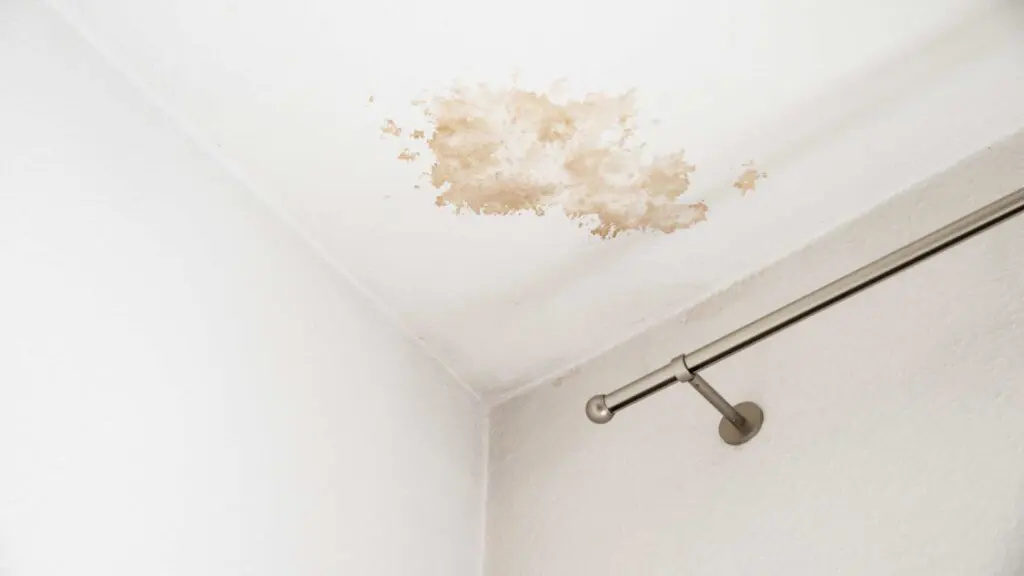
Signs of a Leak in the Attic and Interior
When it comes to spotting the signs of a roof leak, the attic is often the first place that homeowners should look. Homeowners should look for water stains on the underside of the roof, which can indicate moisture intrusion. Additionally, check the interior walls for discoloration or peeling paint, as these can be telltale signs of a roof leak. Mold growth is another critical indicator; it thrives in damp conditions and can pose serious health risks, especially around the roof sheathing and rafters. If you notice any of these signs of a roof leak, it’s essential to act quickly to prevent further damage.
In the interior, other signs of a roof leak may include musty odors or visible mold patches on walls and ceilings. Additionally, condensation can lead to damp insulation, which can further result in increased energy costs and structural issues over time, so it’s vital to address any signs of water damage immediately. Regular inspections and vigilance in noticing these signs can help mitigate long-term damage and ensure a healthy living environment.
Steps to Take When a Leak is Detected
- Immediate Mitigation: Place a tarp over the affected area to prevent further water damage.
- Professional Assessment: Contact a roofing specialist to diagnose and address the leak accurately. Wise Builders Roofing and Renovations in Mobile, AL, offers expert services in identifying and repairing roof leaks.
- Repair or Replace: Based on the assessment, decide whether a repair or a complete roof replacement is necessary.
Exterior Inspection and Safety Precautions
Conducting an exterior inspection of your roof is essential for identifying potential leaks. Always prioritize safety—make sure your ladder is in good condition and placed on stable ground before climbing. Inspect for missing or damaged shingles, which can create entry points for water. You can go to a hardware store to find tools that may assist you. Be mindful of weather conditions, as wet or windy days can make it hazardous to work at heights. Additionally, look for signs of moss, which can indicate moisture buildup. If you’re unsure about your safety while inspecting your roof, consider hiring a professional to perform the inspection.
Additionally, always remember the importance of ladder safety. Ensure that your ladder extends at least three feet above the roofline for secure access. Maintain three points of contact while climbing—this means having either two hands and a foot or two feet and a hand in contact with the ladder at all times. If the roof is steep, or if you feel uncomfortable at any point, it’s best to call a roofing professional who can assess the situation safely and effectively.
Ladder Safety
When using a ladder for roof inspections, safety should always come first. Ensure your ladder is sturdy and in good condition, as weak or damaged ladders can lead to serious accidents. Before climbing, position your ladder on a flat, stable surface, and make sure it’s extended at least three feet above the roofline for secure access. This extra height will provide you with a stable platform to work from while inspecting your roof.
While climbing, maintain three points of contact to ensure you’re securely balanced. This could mean having two hands and one foot, or two feet and one hand in contact with the ladder at all times. If you’re inspecting a steep roof or if you feel uneasy about climbing, it’s wise to enlist the help of a friend or a professional. Having a helper on the ground can assist in stabilizing the ladder and keeping an eye on your safety during the inspection.
Furthermore, before you start your inspection, consider using binoculars to scan the roof from the ground. This can help you identify any visible damage without the immediate need to climb. If you do find areas that need closer examination, only then should you proceed with ladder use. Safety should always be your primary concern when working at heights.
Water Spray Test for Leak Detection
If you’re unable to locate the source of a roof leak, the water spray test can be an effective method for detection. Begin by gathering a garden hose and recruiting a helper to assist you during the process. Start spraying water with your garden hose on the roof, working your way up from the lower areas to suspected problem spots. Your helper should remain indoors, closely monitoring for any new wet spots or drips that appear inside the house.
Spend several minutes at each location before moving on to the next area to ensure you thoroughly saturate the roof. Keep an eye out for any signs of moisture or leaks, as this will help you pinpoint the exact location of the problem.
Key tips for the water spray test:
- Use a garden hose to systematically check areas where leaks may occur.
- Have your helper observe from inside, ready to report any signs of moisture.
This method can be time-consuming, but it’s an effective way to identify leaks that may not be visible during a standard inspection. If you find the source of the leak, it’s crucial to address it promptly to prevent further damage to your home.
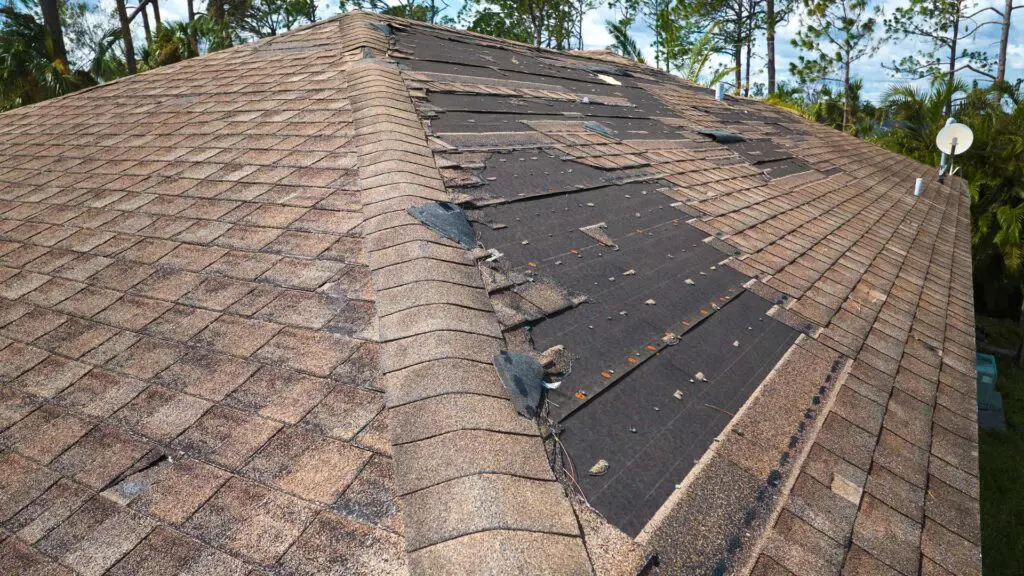
Preventing Future Roof Leaks
Regular Maintenance
Regular inspections and maintenance are essential for the upkeep of your roof and to prevent potential issues like leaks. Annual roof inspections can help identify any early signs of damage or wear and tear, allowing for timely repairs before they escalate into more significant problems. Cleaning gutters regularly is crucial as clogged gutters can lead to water pooling on the roof, causing leaks and structural damage. Removing debris from the roof surface is also important as debris buildup can trap moisture and accelerate roof deterioration. By staying proactive with routine inspections and maintenance tasks, you can prolong the lifespan of your roof and ensure its optimal performance in protecting your home from the elements.
Professional Inspections
Regular inspections by a professional roofer are essential for maintaining the overall health of your roof and preventing potential issues that could lead to leaks. During these inspections, a skilled roofer will thoroughly examine the condition of your roof, identifying any signs of damage, wear and tear, or areas that may be prone to leakage in the future.
In addition to detecting existing problems, regular roof inspections can also help in preemptively addressing issues before they escalate into costly repairs. By having a professional roofer conduct routine maintenance checks, you can ensure that any minor issues are promptly addressed, ultimately extending the lifespan of your roof and preventing more significant damage down the road.
Moreover, hiring a professional roofer for regular inspections not only helps in maintaining the structural integrity of your roof but also provides you with peace of mind knowing that your property is adequately protected from potential water damage caused by leaks. Investing in preventative maintenance through professional inspections can save you both time and money in the long run by avoiding expensive repairs and preserving the value of your property.
Quality Materials and Installation
Investing in high-quality roofing materials and ensuring expert installation are paramount for achieving a durable and watertight roof. Quality materials such as asphalt shingles, metal roofing, or clay tiles can enhance the longevity of your roof and provide better protection against harsh weather conditions. Professional installation by experienced roofers ensures that the materials are properly placed and sealed, minimizing the risk of leaks and structural damage over time. Additionally, regular maintenance and inspections can help prolong the lifespan of your roof, saving you money on costly repairs in the long run. Remember, a well-constructed roof not only safeguards your home but also adds value to your property.
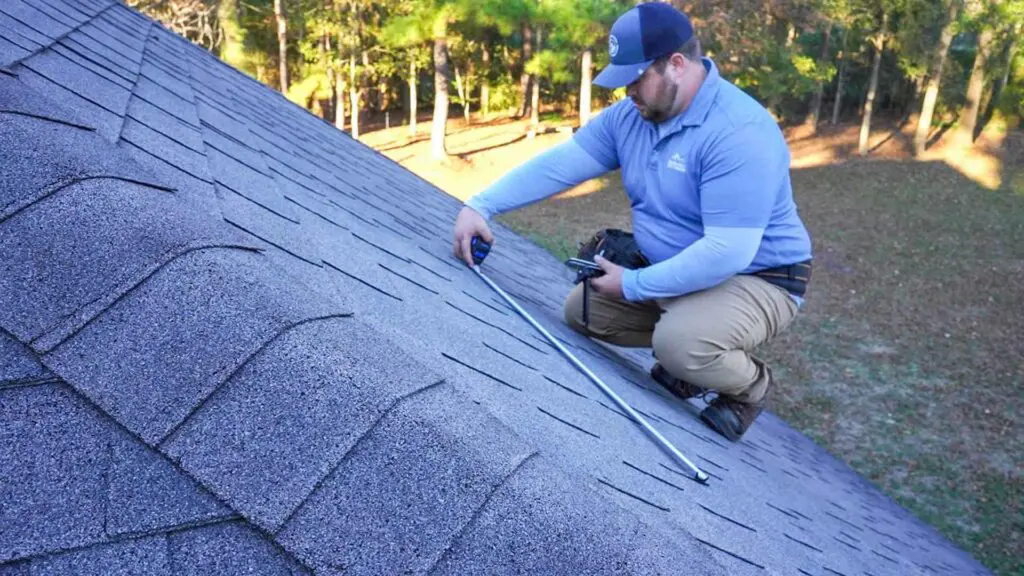
When to Call a Roofer
Knowing when to call a professional roofing contractor is essential in maintaining your home’s integrity and warranty. If you notice persistent signs of a leaky roof or a leak issue, such as water stains on ceilings or walls, it’s time for hard work in seeking professional advice. A reputable roofing contractor can evaluate the situation effectively and determine if repairs or a complete roof replacement is necessary.
Additionally, if you’re uncomfortable with heights or lack the necessary tools and experience for roof inspections, don’t hesitate to call a professional roofer near me. They possess the expertise and equipment to safely assess and address any roofing issues, ensuring your home remains protected from further water damage.
Conclusion
Understanding the causes of roof leaks and taking proactive steps to prevent and address them is essential for maintaining the integrity and longevity of your roofing system. Regular inspections, prompt repairs, and professional assistance are crucial to managing roof leaks effectively.
FAQ’s:
Why Does a Roof Leak?
A roof leak can occur due to various factors, including structural damage, poor installation, or age-related wear and tear. Most commonly, leaks happen at the location of roof penetrations, such as chimneys, dormers, or vents, where water can seep in. To prevent this, homeowners should ensure to apply caulk around these areas and consider using step flashing where appropriate. Ignoring these leaks can lead to significant structural damage over time, ultimately compromising the integrity of your home.
What Causes a Roof Leak?
Roof leaks can stem from a variety of reasons, such as damaged roof shingles, compromised flashing, or environmental factors like heavy rain or snow. Ice dams and ice damming can also contribute to moisture penetration, which may lead to water accumulation inside the roofing system through small gaps or cracks. Regular inspections and maintenance can help prevent these issues and extend the lifespan of your roof.
How do I find a leak in my roof without an attic?
Finding a roof leak without an attic can be challenging, but it’s not impossible. Start by checking the top floor of your home for signs of water damage, like stains on the ceiling or walls. Then, inspect the exterior of your roof for any missing shingles, damaged flashing, or visible signs of wear associated with the type of roof, including signs of damage. Pay special attention to areas around chimneys and vents, as these are common locations for leaks to occur. Additionally, look for insulation or drywall that appears damp or discolored, which could indicate moisture intrusion from a roof leak.
What are the common causes of a roof leak?
Common causes of a roof leak include damaged shingles, improper installation, blocked gutters, and deteriorated flashing. Additionally, age-related wear and tear or severe weather conditions can exacerbate these issues, leading to leaks. Regular inspections can help identify vulnerabilities and prevent costly repairs down the line.


